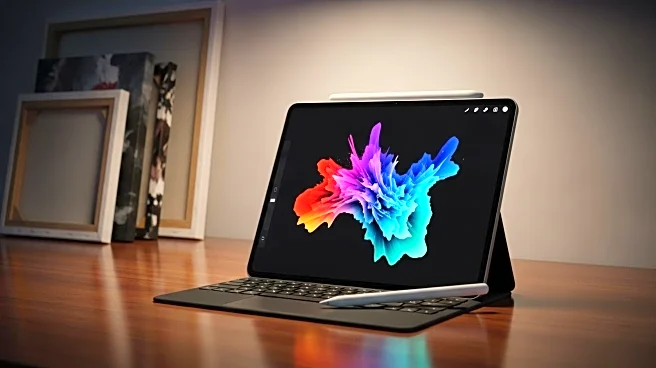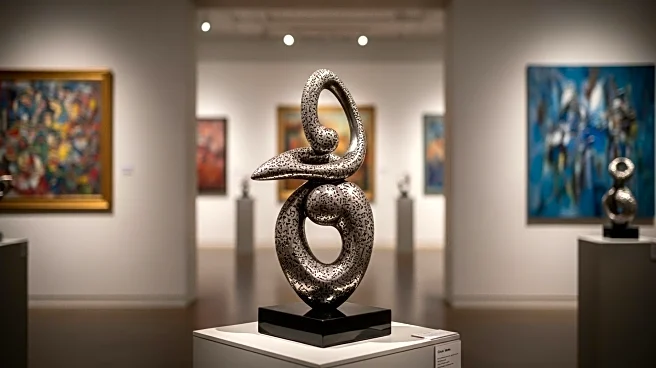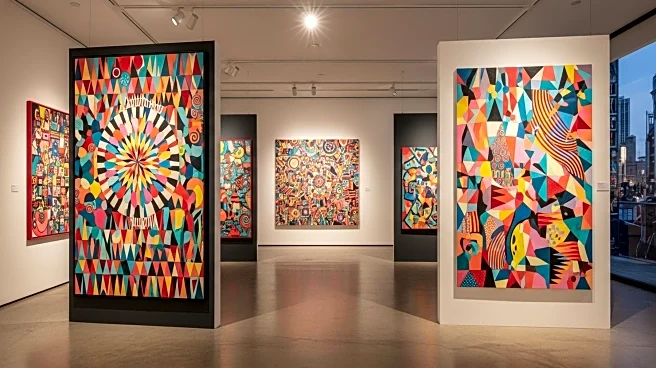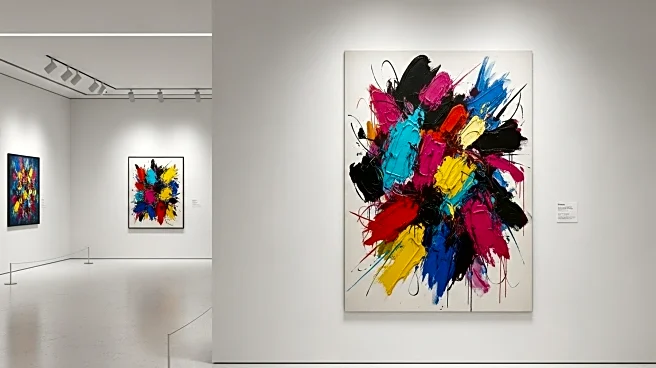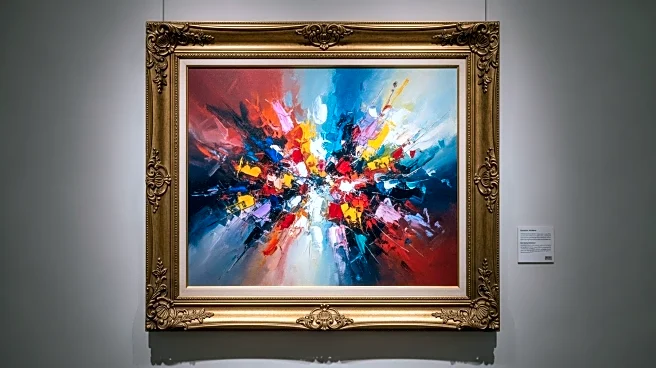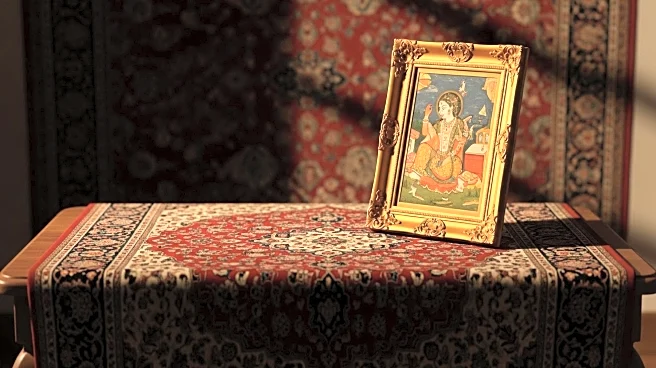What's Happening?
Christie's has announced the closure of its digital art department, a decision that comes amid a significant downturn in the NFT market. Nicole Sales Giles, the auction house's vice president of digital, confirmed her departure following the strategic decision to reformat digital art sales. Despite the closure, Christie's will continue to sell digital art within its broader 20th- and 21st-century art categories. This move follows the record-breaking sale of Beeple's Everydays: The First 5000 Days in 2021, which marked the auction house's first NFT sale and sparked a boom in the NFT market. However, the market has since crashed, with Christie's reporting a 96 percent decline in NFT sales from 2021 to 2022.
Why It's Important?
The closure of Christie's digital art department highlights the challenges faced by the NFT market, which has seen a dramatic decline in value and interest. This decision reflects broader industry trends, as other major auction houses like Sotheby's have also reduced their NFT-related staff. The move signals a shift in focus for Christie's, as it adapts to changing market conditions and seeks to integrate digital art sales into its traditional categories. This could impact artists and collectors who have invested in NFTs, as the market struggles to regain its former momentum.
What's Next?
Christie's decision to close its digital art department may prompt other auction houses and galleries to reevaluate their strategies regarding digital art and NFTs. As the market continues to evolve, stakeholders may explore new ways to integrate digital art into existing frameworks or develop innovative approaches to revitalize interest in NFTs. The broader art market may also see shifts in investment patterns, as collectors and investors reassess the value and potential of digital art in light of recent market trends.
Beyond the Headlines
The closure of Christie's digital art department raises questions about the long-term viability of NFTs as a medium for art sales. Ethical considerations regarding the environmental impact of NFTs and their speculative nature may influence future developments in the digital art space. Additionally, the integration of digital art into traditional categories could lead to new cultural and artistic dialogues, as the boundaries between digital and physical art continue to blur.
